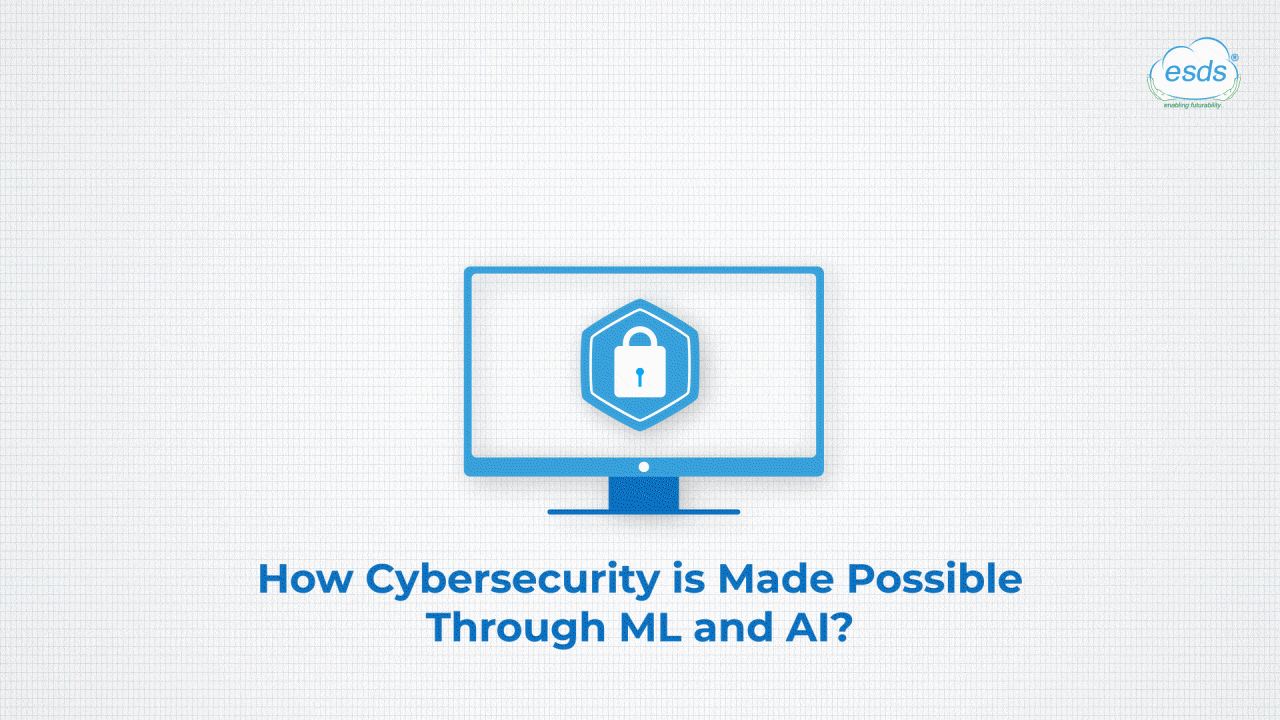Artificial Intelligence & Machine Learning in Information Security/Cybersecurity
In today’s digital world, cybersecurity is of utmost importance. As cyber-attacks become more sophisticated and frequent, traditional security measures are no longer enough to protect sensitive data and infrastructure. In this context, Artificial Intelligence (AI) and Machine Learning (ML) are emerging as crucial technologies in the fight against cybercrime. Here we explore the differences between artificial intelligence and machine learning and how they can enhance cybersecurity.

What is Artificial Intelligence?
Simply put, Artificial Intelligence (AI) is the simulation of human intelligence in machines programmed to learn and perform tasks that typically require human intelligence, such as perception, reasoning, and decision-making. AI systems use algorithms and statistical models to analyze large datasets and make predictions or decisions based on that data. AI can be divided into three main categories: supervised learning, unsupervised learning, and reinforcement learning.
AI creates a simulated system that can act like humans, have human intelligence, and make choices.

What is Machine Learning?
ML is a subset of AI that involves training algorithms to learn from data and improve performance over time without being explicitly programmed. ML algorithms can be trained to recognize patterns, classify data, and make predictions based on historical data. There are several types of ML algorithms, including supervised learning, unsupervised learning, semi-supervised learning, and reinforcement learning.
ML is a type of AI that helps machines improve at making decisions by learning from the information they receive.
Challenges faced in cybersecurity

Cybersecurity is a complex and ever-evolving field, and cyber attackers are becoming increasingly sophisticated in their tactics. Some of the biggest challenges faced by cybersecurity professionals include the following:
- Large volumes of data: Cybersecurity professionals must analyze vast amounts of data from different sources to identify potential threats.
- Sophisticated attacks: Cyber attackers use increasingly sophisticated tactics to evade detection, such as malware that can mutate and change behavior.
- Shortage of skilled professionals: There is a need for more trained cybersecurity professionals, which makes it difficult for organizations to find and hire the right talent.
- The complexity of systems: As organizations adopt new technologies, their systems become more complex, making it more challenging to identify potential vulnerabilities.
Benefits of Artificial Intelligence & Machine Learning in Cybersecurity/ Information Security

Improved Threat Detection Traditional security systems rely on static rules and signature-based detection methods that are ineffective against advanced and evolving threats. AI-based solutions, on the other hand, can detect and identify new and unknown threats by analyzing massive amounts of data in real time. AI algorithms can identify patterns and anomalies difficult for human analysts to detect, allowing organizations to respond to potential threats quickly and effectively.
Proactive Security Measures AI can be used to predict potential attacks before they occur. By analyzing data and identifying behavior patterns, AI can assess the risk of a possible attack and alert security teams before any harm is done. This allows organizations to take proactive measures to protect their systems and data.
Automation of Security Processes AI can automate repetitive and time-consuming security tasks, such as threat detection, incident response, and vulnerability assessment. Automation frees security teams to focus on more complex tasks and helps reduce the risk of human error.
Improved Accuracy AI can analyze data more accurately than human analysts, reducing the risk of false positives and negatives. AI algorithms can analyze vast amounts of data in a short amount of time, allowing security teams to make faster and more accurate decisions.
Cost-Effective Security AI-based solutions can reduce the cost of cybersecurity by automating security processes and reducing the need for human analysts. By automating repetitive tasks, AI can help organizations achieve greater efficiency and reduce the cost of managing their security infrastructure.
Scalability AI-based solutions can scale to meet the needs of any organization, regardless of size. AI algorithms can analyze massive amounts of data in real time, making them suitable for organizations with large and complex security infrastructures.
Continuous Monitoring AI-based solutions can provide continuous monitoring of an organization’s security infrastructure, detecting and responding to potential threats in real time. This helps organizations stay ahead of the curve and respond quickly to potential threats.
Adaptive Security: Machine Learning algorithms can adapt and learn from new data, making them more effective at detecting and responding to evolving threats. ML algorithms can update their knowledge and improve their performance over time, enabling them to provide better protection against cyber attacks.
Real-Time Analysis: Machine Learning algorithms can provide real-time analysis of network traffic, user behavior, and other security-related data. This enables organizations to detect and respond to potential threats in real time, reducing the risk of data breaches and other cyber attacks.
Automated Response: Machine Learning algorithms can automate security processes like threat detection, incident response, and vulnerability assessment. Automated response helps reduce the risk of human error and enables organizations to respond to potential threats quickly and effectively.
Improved Efficiency: Machine Learning algorithms can improve the efficiency of security operations by automating repetitive tasks and enabling security teams to focus on tasks that are more complex. ML can also reduce the workload of security teams by prioritizing alerts and highlighting potential threats.
Better Risk Management: Machine Learning algorithms can help organizations identify potential vulnerabilities and assess the risk of cyber-attacks. ML algorithms can analyze data and identify potential weaknesses in an organization’s security infrastructure, enabling security teams to protect their systems and data proactively.
To Wrap up
AI and ML have the potential to improve cybersecurity significantly, but they must be used wisely and ethically. As cyber-attacks become more sophisticated, organizations must continue to invest in these technologies to stay ahead of the curve.
- Decoding Generative AI: A Comprehensive Guide to Gartner’s Impact Radar - January 2, 2024
- 5 Best Practices for Cloud Security in 2024 - December 29, 2023
- 10 Best Machine Learning Ops Strategies for Cloud Environments in 2024 - December 29, 2023
